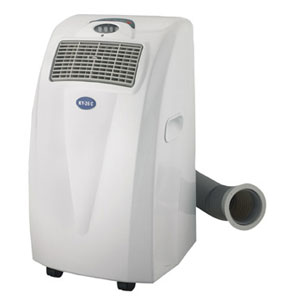
Resources
- Home
- About Air Cooling Systems
- Air Conditioner Pre Cooling System
- Air Cooling System
- Air Cooling System Design
- Air Cooling System In Automobiles
- Air Cooling System Reviews
- Air Cooling Systems FAQs
- Air Cooling Systems For Homes
- Air Cooling Systems For Offices
- Air In Cooling System Symptoms
- Car air Cooling System
- Car Air Cooling System
- Compressed Air Cooling System
- Cooling Air System
- Engine Air Cooling System
- Forced Air Cooling System
- Forced Air Heating And Cooling System
- Gas Turbine Inlet Air Cooling System
- How Do Air Cooling Systems Work
- Simple Air Cooling System
- Types Of Air Cooling Systems
- Underground Air Cooling System
- Where To Buy An Air Cooling System
Compressed Air Cooling System
A Compressed Air Cooling System is used by most of the contemporary industrial units. This is because most of the industrial plants use compressed air during their production practices. If the compressed air is not channeled properly, nearly 70-to-90 percent of it can be lost. Please note that the compressed air here is equipped with energy that can be tapped to meet other energy requirements. As a result, most state and national governments insist upon energy-saving industrial practices wherein they recommend the adoption of Compressed Air Cooling System systems via the use of dedicated compressors. The energy savings made through Compressed Air Cooling Systems is also referred to as ‘heat recovery’ since this is a process of reclaiming usable energy in the form of heat that would have otherwise been lost.
Basics of Compressed Air Cooling Systems
Every Compressed Air Cooling System has an internal compressed air system. This consists of some standard sub-systems like:
- Compressors
- Air treatment units
- Energy distribution units
- Energy storage systems
Heat-recovery systems used in a typical Compressed Air Cooling System can use a water-based or air-based compressor though the usual preference is for the water-based variety. There are many applications of compressed air in industrial settings among which industrial cooling is the most common. If the Compressed Air Cooling System in a facility is being handled properly, it will help in creating dry, clean and pressure-controlled air that can be utilized in a long-term and cost-effective manner. The most common uses of heat recovered via compressed air systems include:
- Supplemental space heating done in the same industrial location
- Water heating
Delving Deeper into Compressed Air Cooling System Components
In order to ensure that the quality of compressed air is suitable for energy-saving processes and can be utilized accordingly for different functions such as cooling, a typical compressed air cooling system is equipped with different components such as:
- Intake Air Filters—these work like dust filers that are found in compressive air electrical units such as air conditioners. Negating the entry of dust is vital since dust can cause stickiness of the valves apart from scouring the cylinders and inducing excessive wear and tear.
- Inter-stage Coolers—these coolers are required for reducing the temperature of the air. This is done at various stages of an industrial Compressed Air Cooling System. The reduction in temperature of the compressed air helps to raise the overall efficiency of this process.
- After-Coolers—these coolers are required for removing the moisture in the compressed air. These coolers work by further reducing the temperature of water-cooled air.
- Air-dryers—moisture removal is the more demanding part of the entire process involved in a Compressed Air Cooling System and thus, repeated moisture removal is done. Here, the air-dryers are deployed for absorbing the last traces of moisture from the air, particularly if the compressed air is going to be further used for pneumatic equipment. For this purpose, silica-based adsorbents are used, such as silica gel, or refrigerant dryers and activated carbon are utilized.
- Moisture Drain Traps—the drain traps are also a part of the moisture-removal process. These traps are essentially steam traps. Advances have been made in the type of traps being used. Instead of manual drain traps, timer-based and automatic valves are being used.
